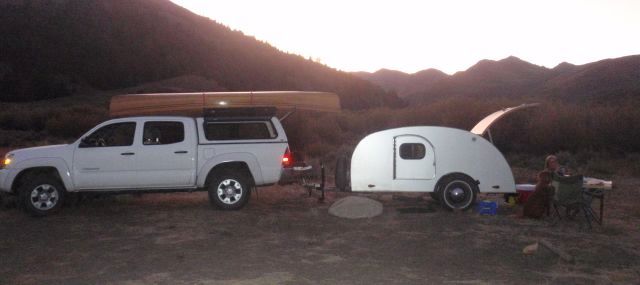Re: Let's talk Kerfs (curving your foam)
It might work for shallow stuff, but my gut tells me that anything with a deep draw will need to have sections removed from the flat pattern. 

or t n ttt for short (tnttt.com)
https://www.tnttt.com/

by GPW » 13 Mar 2012, 05:17
What about cutting the foam into strips and glue them on like a canoe ??? . Going to be skinned like one eh ?

by tony.latham » 22 Apr 2014, 20:50
I built a stripper canoe back about ten years ago. The 1/4" thick by about 3/4" wide strips are milled with a bead on one edge and a cove on the other. I beleive the router bits you use to form the edges are the same as those used for a roll top desk. When you lay the strips down, they twist to form over the molds. ...
by KCStudly » 23 Apr 2014, 16:24
The answer is yes, but more twist and forming along the x-axis (flat way) than longitudinally bending along the y-axis (hard way).

 Good ventilation is required ...
Good ventilation is required ...steveonzakon wrote:Now on to my question/suggestion. Would a solder gun or wood burning gun (the hand tool you use to burn letters into wood) run at a good temperature to kerf foam?
Both seem to run at round 800 - 900 deg F, or thereabouts from what I've found on the internet.
If that is too hot, you can buy or build regulators to adjust the heat output. http://pcbheaven.com/projectpages/Homem ... ic=worklog
I haven't seen a recommended heat for burning through foam without setting things on fire, if thats even possible.
 190F degrees is the magic number...
190F degrees is the magic number...GPW wrote:We really must further investigate Heat Bending foam , eliminating the need for kerf cuts entirely ... It really is possible ...190F degrees is the magic number...

